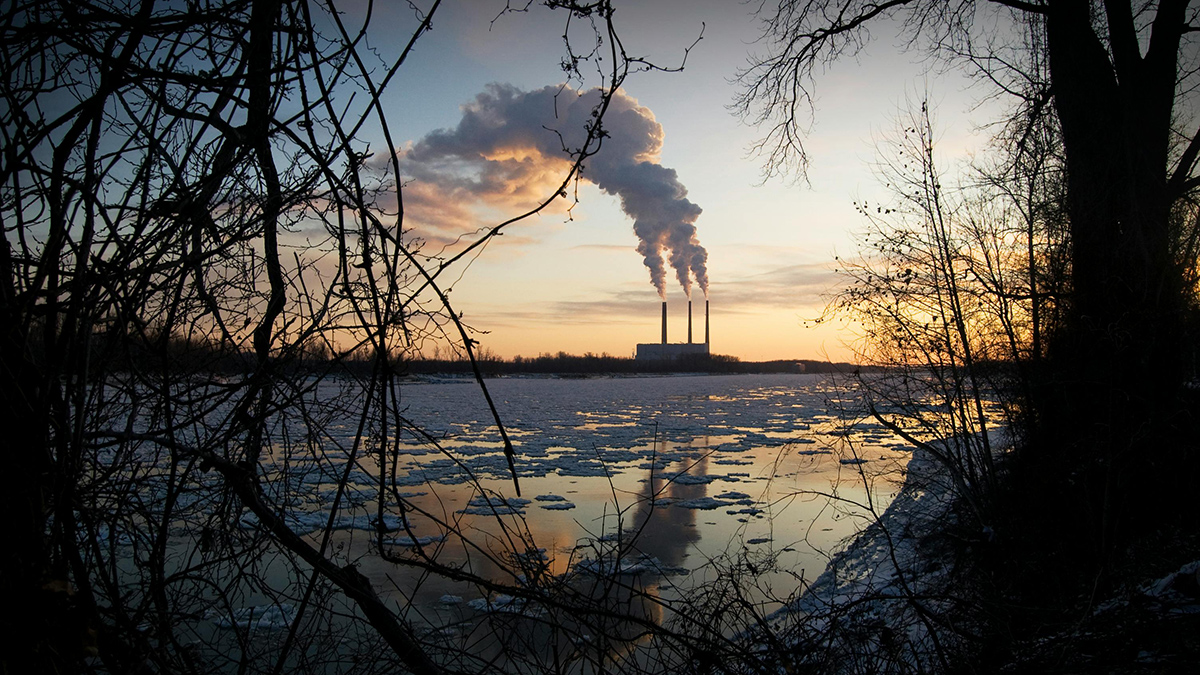A unified, global observing system could more effectively monitor progress in reducing emissions and accelerate climate action through improved data and decision support.

A unified, global observing system could more effectively monitor progress in reducing emissions and accelerate climate action through improved data and decision support.